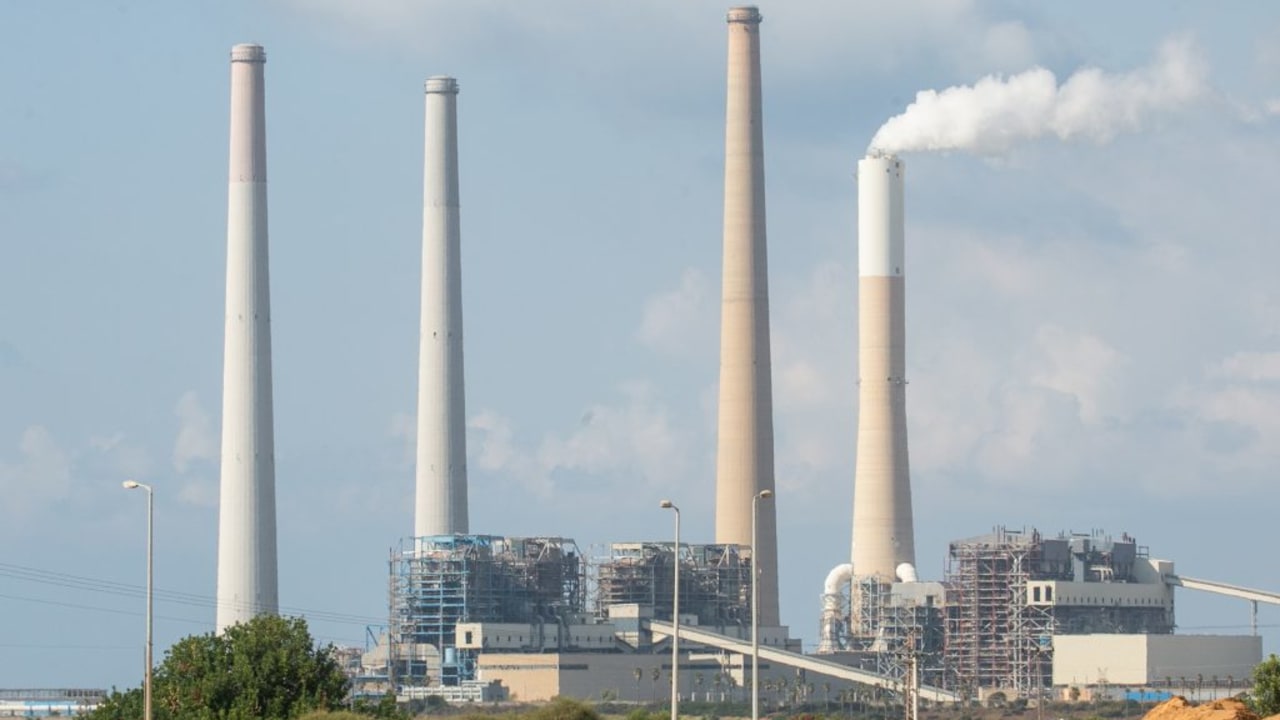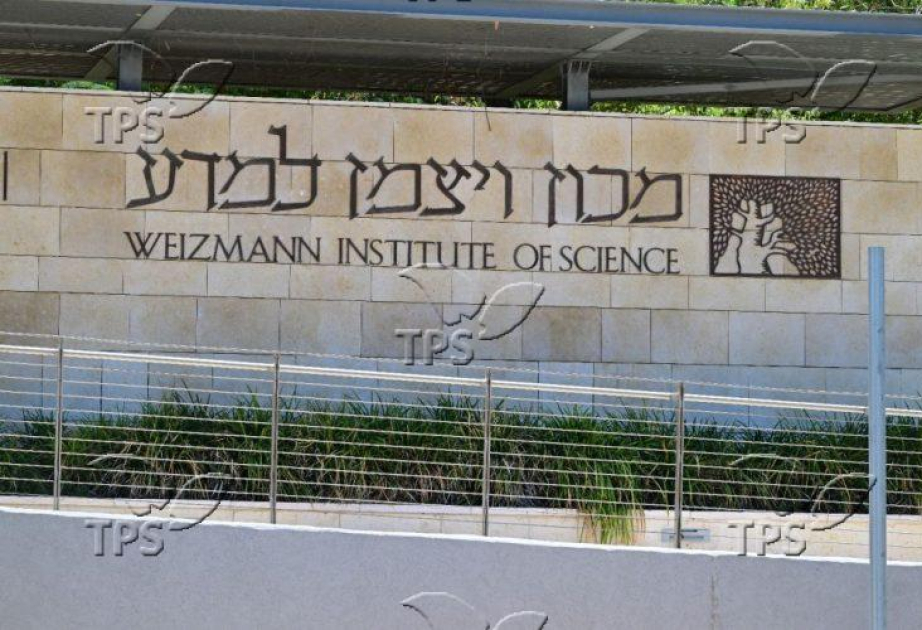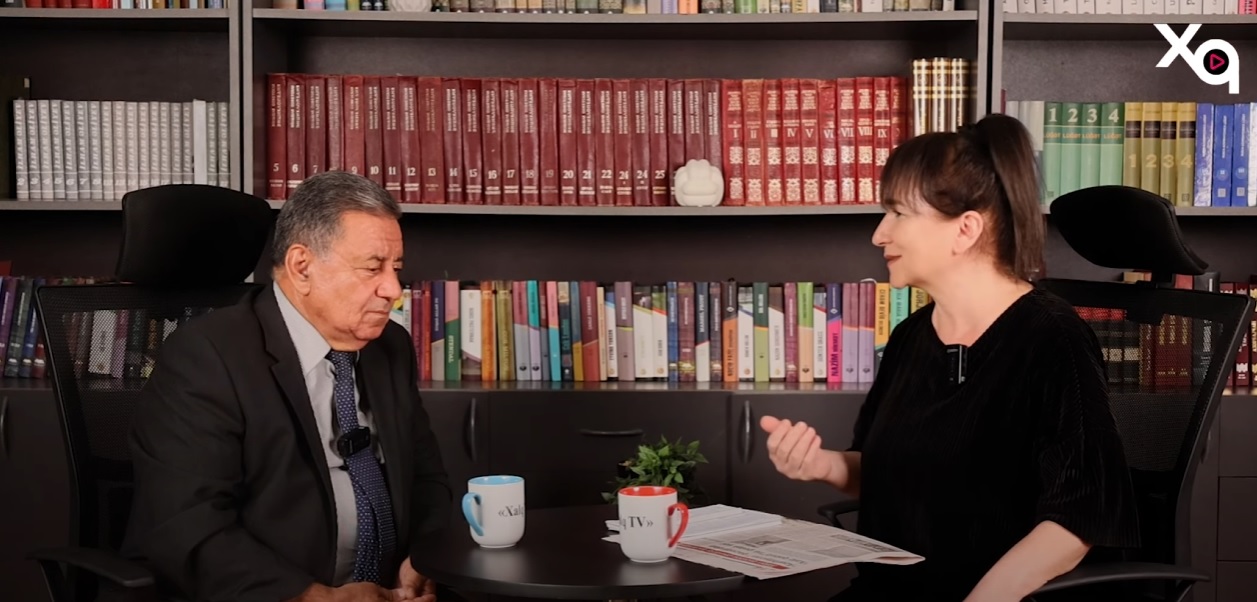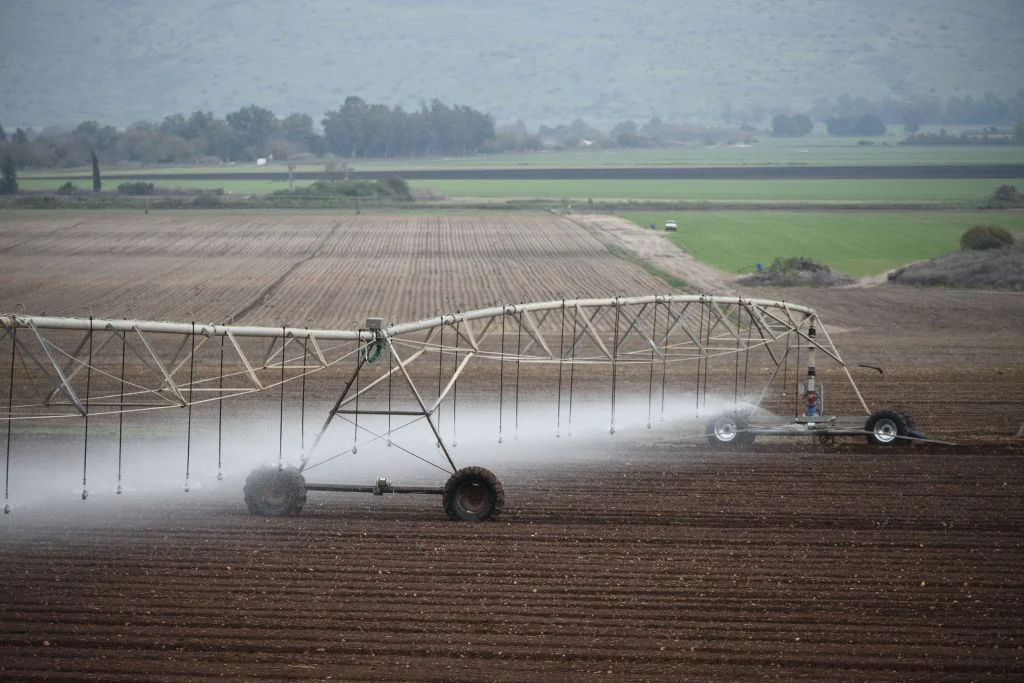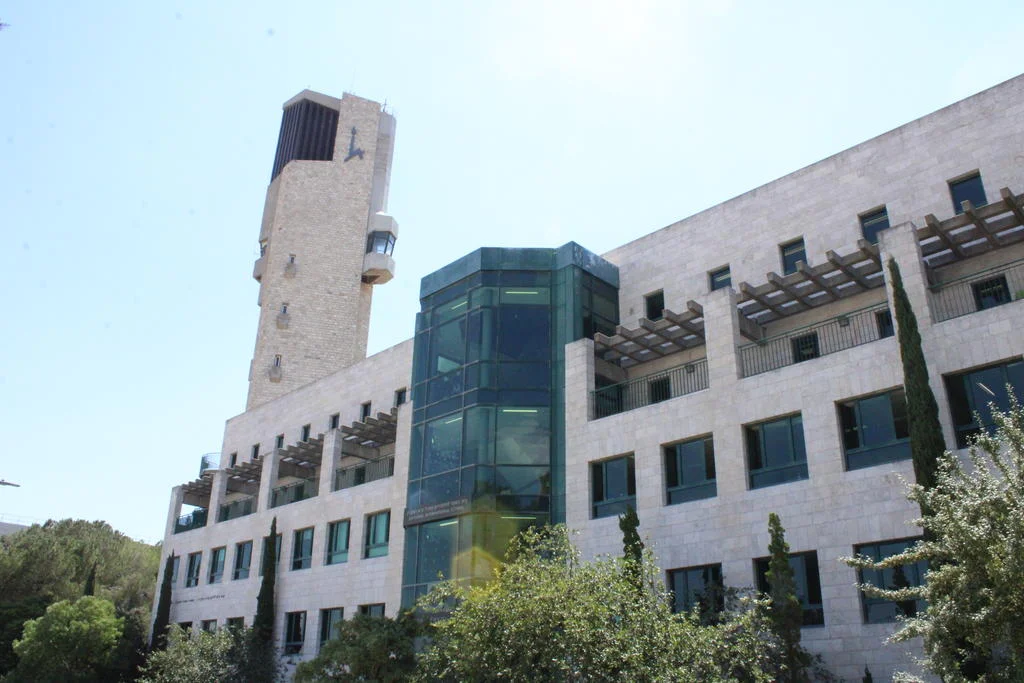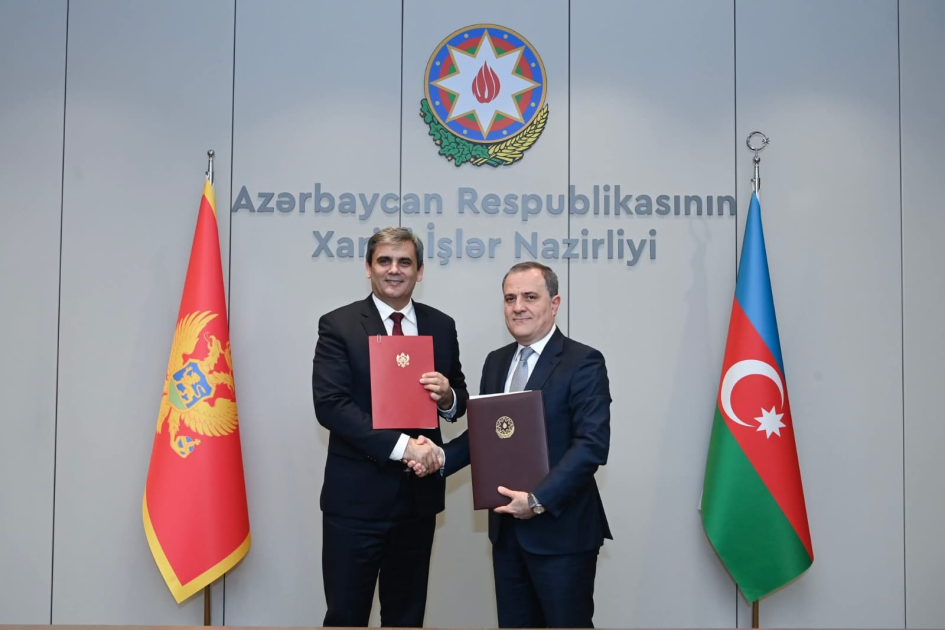North Korea says it tested solid-fuel missile tipped with hypersonic weapon
North Korea says it tested solid-fuel missile tipped with hypersonic weapon
North Korea on Monday said it flight-tested a new solid-fuel intermediate-range missile tipped with a hypersonic warhead as it pursues more powerful, harder-to-detect weapons designed to strike remote US targets in the region, Report informs via The Associated Press.
The report by North Korea’s state media came a day after the South Korean and Japanese militaries detected the launch from a site near the North Korean capital of Pyongyang, in what was the North’s first ballistic test of 2024.
The launch came two months after North Korea said it successfully tested engines for a new solid-fuel intermediate-range missile, which reflected a push to advance its lineup of weapons targeting US military bases in Guam and Japan.
The North’s official Korean Central News Agency said Sunday’s launch was aimed at verifying the reliability of the missile’s solid-fuel engines and the maneuverable flight capabilities of the hypersonic warhead. It described the test as a success but didn’t provide flight details.
KCNA did not mention whether North Korean leader Kim Jong Un was present at the test, which it said was part of the country’s regular weapons development activities.
South Korea’s Joint Chiefs of Staff said the missile flew about 1,000 kilometers before landing in the waters between the Korean Peninsula and Japan. The North’s existing intermediate-range missiles, including the Hwasong-12 that may be able to reach the US military hub of Guam in the Pacific, are powered by liquid-fuel engines, which need to be fueled before launch and cannot stay fueled for long periods of time.
Missiles with built-in solid propellants can be made ready to launch faster and are easier to move and conceal, which theoretically makes it harder for adversaries to detect and preempt the launch.
The North since 2021 has also been testing hypersonic weapons, which are designed to exceed five times the speed of sound. If perfected, such systems could potentially pose a challenge to regional missile defense systems because of their speed and maneuverability.
Chang Young-keun, a missile expert at South Korea’s Research Institute for National Strategy, said the test Sunday would have been focused more on developing a solid-fuel first stage for an IRBM than evaluating the purported hypersonic warhead.
Experts say it’s unclear whether the North’s hypersonic vehicles consistently maintained a desired speed exceeding Mach 5 during its tests in 2021 and 2022. But it’s likely that the North is trying to build a hypersonic weapons system powered by solid-fuel booster rockets, simultaneously with its efforts to develop the new IRBM, and may conduct more flight tests soon, Chang said.
“In particular, a hypersonic missile with IRBM-level range would be an effective mean for evading US missile defenses and striking Guam,” Chang said about the North’s ambitions.
Lee Sung Joon, spokesperson of South Korea’s Joint Chiefs of Staff, said the military was analyzing the North’s latest test but declined to provide specific assessments about the North Korean capabilities demonstrated by the launch.
The South’s Defense Ministry issued a statement demanding the North to halt its ballistic testing activities that violate UN Security Council resolutions. It said the South Korean military was maintaining a firm joint defense posture with its US allies and is ready to respond “overwhelmingly” in the event of a direct provocation by the North.
Hypersonic weapons were part of a wish-list of sophisticated military assets Kim unveiled in 2021, along with multi-warhead missiles, spy satellites, solid-fuel long-range missiles and submarine-launched nuclear missiles.
North Korean military scientists and engineers have been checking off Kim’s list of goals, testing for the first time last year a solid-fuel intercontinental ballistic missile, named Hwasong-18, which added to the North’s arsenal of weapons targeting the US mainland.
The North’s also launched its first military reconnaissance satellite in November and aims to launch three more satellites in 2024, as Kim describes those devices as crucial for monitoring U.S. and South Korean military activities and enhancing the threat of his nuclear-capable missiles.
Tensions on the Korean Peninsula are at their highest point in years after Kim in recent months ramped up his weapons demonstrations. The United States and its allies Seoul and Tokyo responded by strengthening their combined military exercises and sharpening their nuclear deterrence strategies.


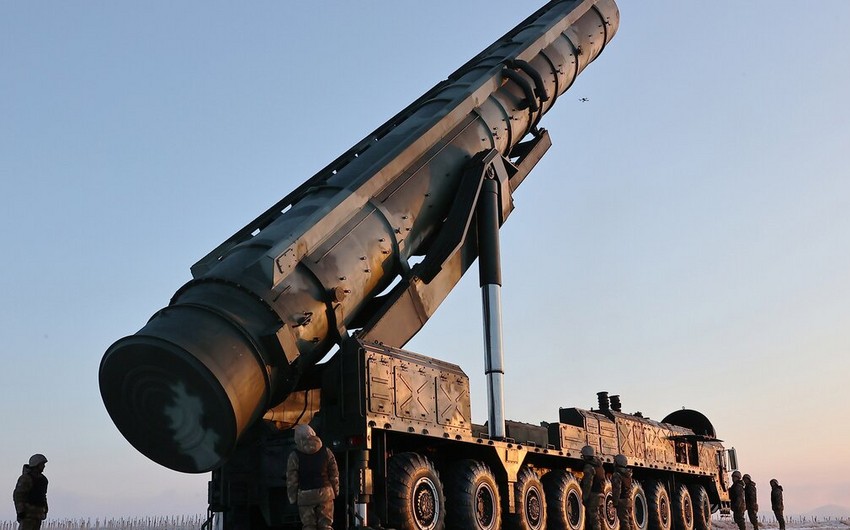
.webp)


